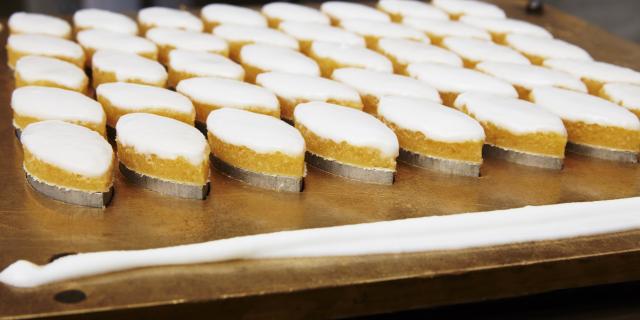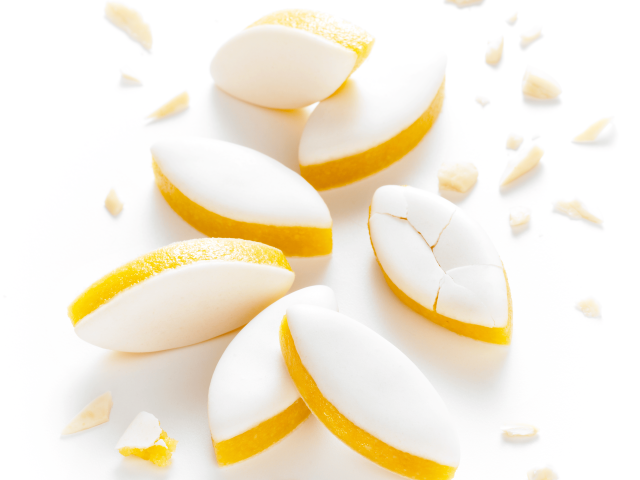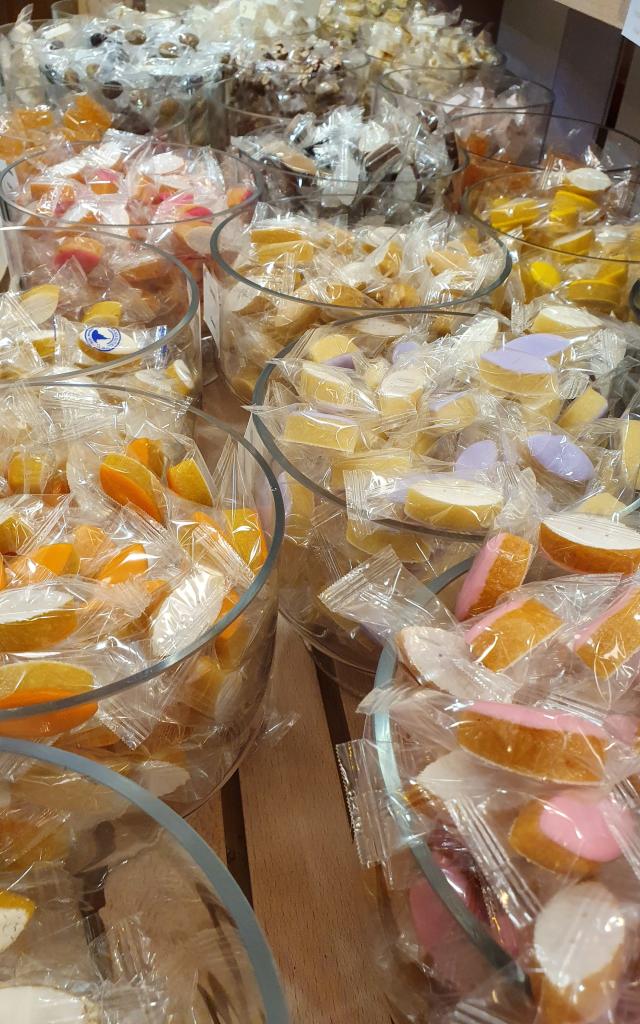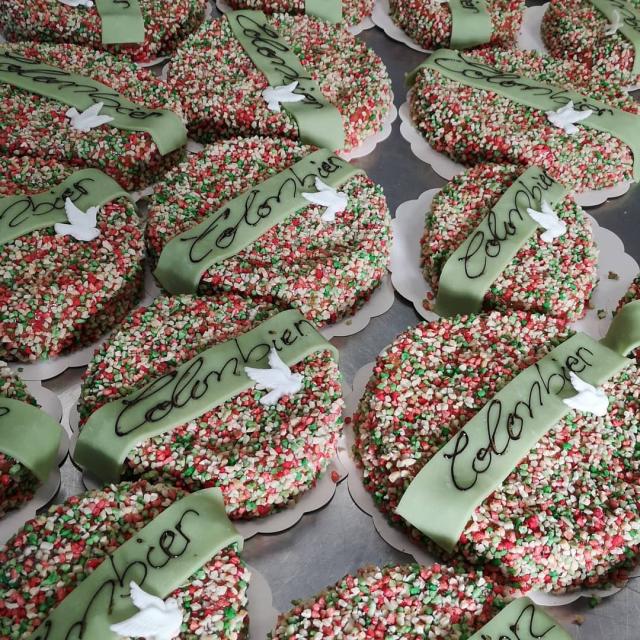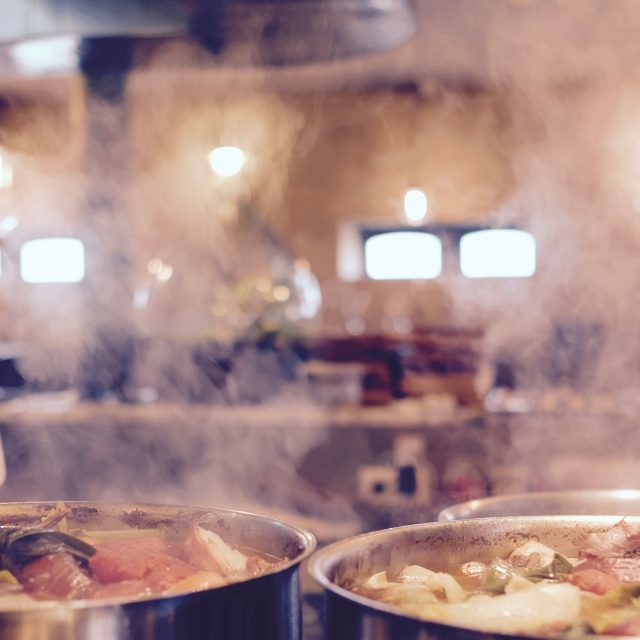A confection for King René’s wife
Calissons d’Aix are a Provençal culinary specialty taking the form of a navette (small boat) prepared from melon confit fruit paste and almonds, topped with royal glaze (a mixture of egg white and sugar) and placed delicately on a base of unleavened bread (a mixture of potato starch and water).
The origins of this confection remain unknown. One of the earliest histories dates back to the 12th century in a Latin text that uses the term calisone, an almond and flour cake similar to today’s marzipan. Other sources mention the importation of calisson into Provence in the mid Vth century.
According to legend, at the wedding of René d’Anjou to Jeanne de Laval in 1454, the future queen was said to have tasted this smile-shaped sweet prepared by the King’s confectionery chef. Following her tasting, she is said to have declared in Provençal Di calin soun, meaning “these are hugs”. The name would thus find its origin in this expression. Les calissons d’Aix are classified as gourmet intangible heritage by the city of Aix-en-Provence. They are one of the thirteen desserts traditionally served at the end of the Christmas Eve meal in Provence, alongside, among others, the pompe à l’huile and the four mendiants representing the various religious orders who have taken the vow of poverty.
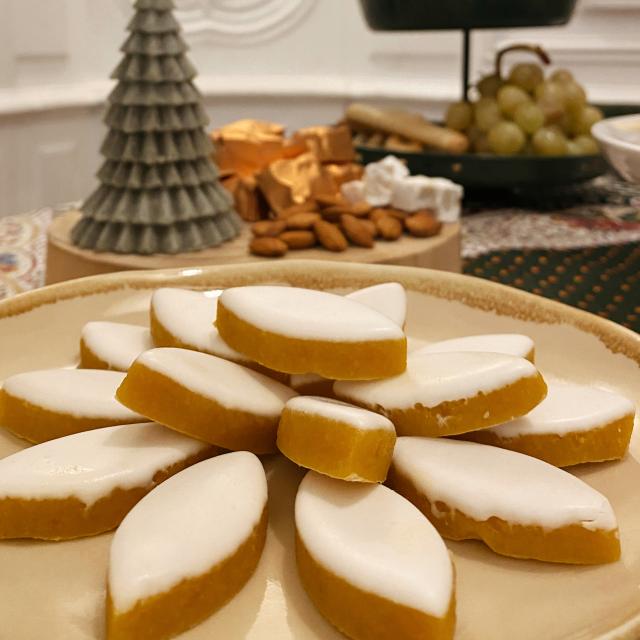 13 desserts, calissons ©nmOMTCM (1)
13 desserts, calissons ©nmOMTCM (1)